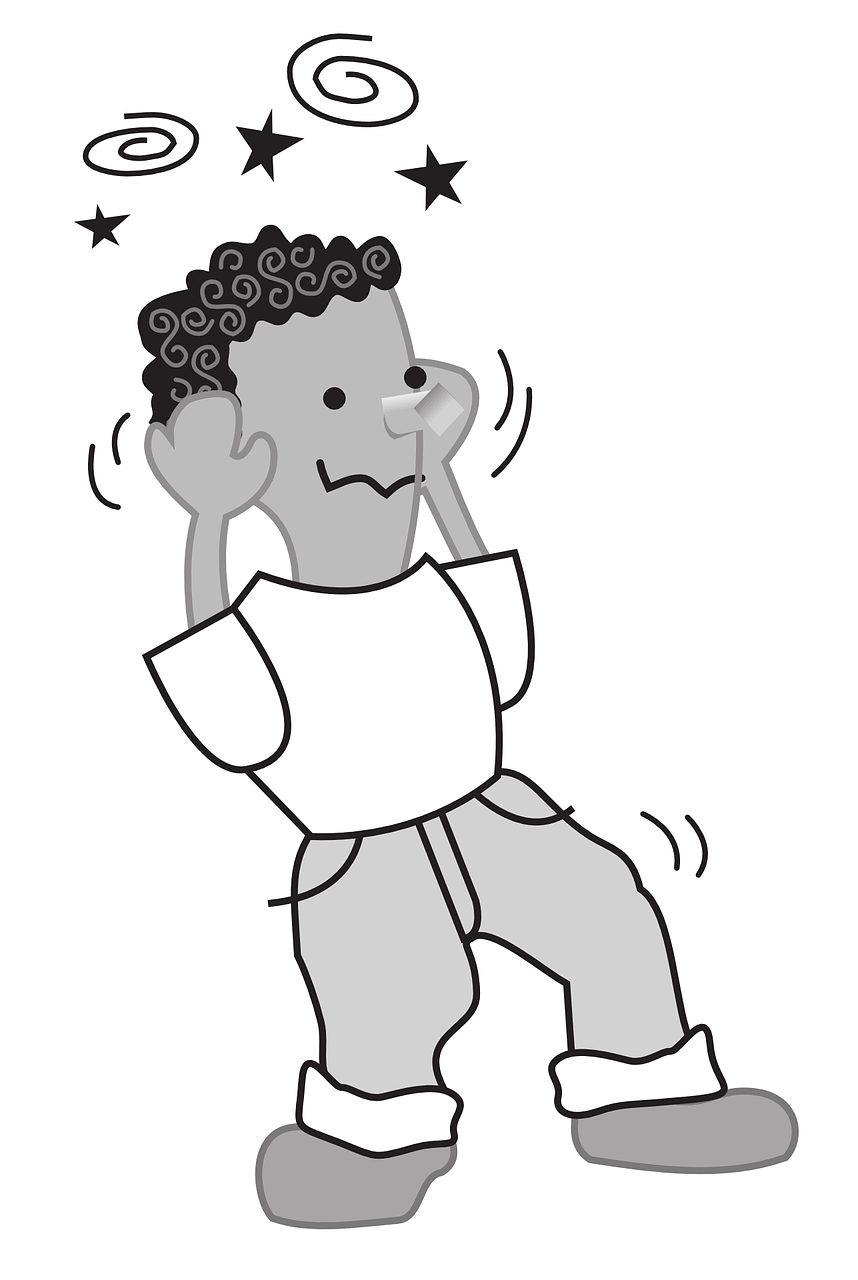Vertigo/DIzziness
Anyone who has had a bout of vertigo will tell you, it’s nothing to mess around with. You may have heard stories about people with vertigo not being able to get out of bed for the entire day for fear of getting so dizzy that they would fall or vomit. It’s clear that vertigo is seriously disabling. But what exactly is vertigo? Why do people get it? And most importantly, what can you do about it?
What is Vertigo?
Vertigo is a general term used to describe a symptom of a variety of conditions that cause a false sense of movement. The most common cause of vertigo is Benign Paroxysmal Positional Vertigo or BPPV. I know, it’s a mouthful, so let’s break that down:
Benign - It’s not considered life threatening
Paroxysmal - Sudden and Brief
Positional -Triggered by changes in head position
Vertigo - False sense of spinning
What Causes BPPV?
BPPV is caused by by a mechanical malfunction in the part of the inner ear that controls balance. Specifically, very small calcium crystals move to an area of the inner ear that they are not supposed to be. Once there, the calcium crystals confuse our body’s ability to accurately sense the speed and direction that our head moves when it rotates. As a result, when we rotate our head quickly our eyes get the wrong message from our inner ear. That’s why someone with BPPV feels like they are spinning rather than simply feeling a little off balance.
Here is a great visual demonstration of BPPV:
How do we treat BPPV?
Fortunately, BPPV is quickly and effectively treated with in-office physical maneuvers that can relieve your symptoms immediately. It's true that BPPV usually goes away on its own within 14-21 days, but physical therapists can help you feel better now. Also, a person who has BPPV once is likely to have it again in the future so having a trusted physical therapist that you can go to immediately is crucial for this condition.
To learn for about vertigo and dizziness visit vertigo.org or contact us.


